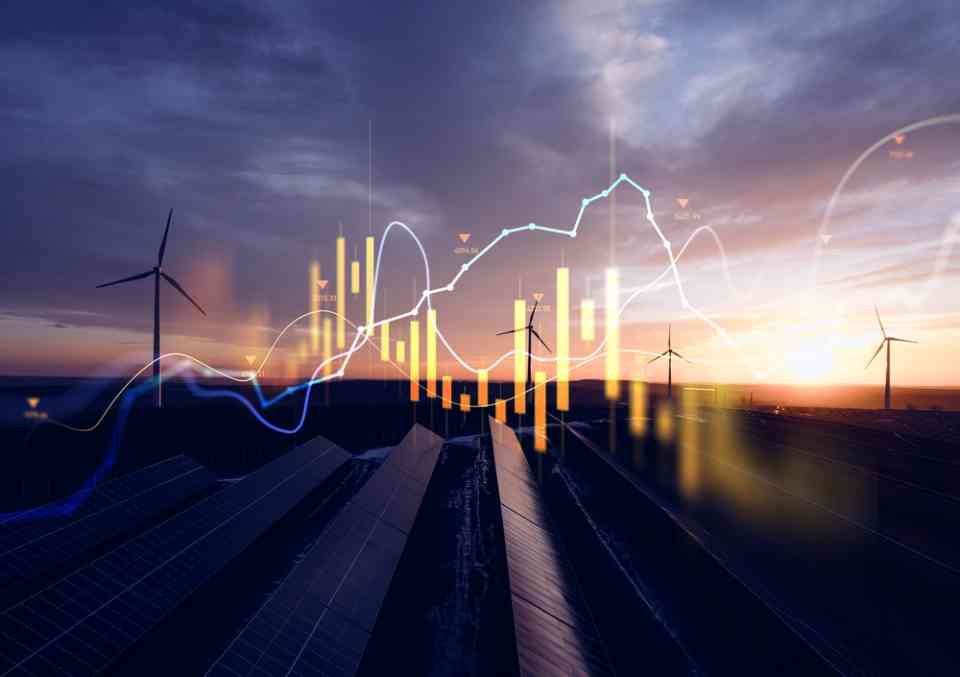Energy and Economic Trends in Emerging Economies Until 2050

From 2022 to 2050, the GDP of emerging economies (excluding China) is projected to grow at an annual rate of 3.2%, nearly three times the growth rate of developed economies. This economic expansion drives a continuous increase in energy demand, which peaks in the early 2030s under the Net Zero scenario due to the dominance of energy efficiency measures. By 2050, these emerging economies are expected to account for about half of the world’s energy demand in both the Current Trajectory and Net Zero scenarios.
Renewable energy is set to expand significantly over this period, with its share in primary energy increasing from 17% in 2022 to between 23% and 56% by 2050. In the Net Zero scenario, electricity generation is projected to more than triple, while in the Current Trajectory, it more than doubles.
Oil demand shows divergent trends in the two scenarios: in the Net Zero scenario, it is expected to fall from 39 million barrels per day (Mb/d) in 2022 to 16 Mb/d in 2050. Conversely, in the Current Trajectory, oil demand is anticipated to increase by approximately 10%.
Natural gas demand in the Current Trajectory is projected to grow by about 50% from 2022 to 2050, driven by its increased use in the power and industrial sectors, accounting for the entire growth in global gas demand over this period. However, in the Net Zero scenario, the shift towards electrification and lower-carbon fuels is expected to limit natural gas demand, which is projected to be about 50% lower in 2050 compared to 2022 levels.
Coal’s share in primary energy is expected to decrease significantly in the Net Zero scenario, from about 20% in 2022 to around 5% by 2050. In contrast, coal demand remains relatively stable in the Current Trajectory.
Traditional biomass is largely phased out by 2050 in the Net Zero scenario, thanks to increased access to electricity and clean cooking fuels. However, in the Current Trajectory, traditional biomass use is expected to peak in the early 2040s, reaching 24 exajoules (EJ) by 2050.
Carbon emissions are projected to fall by approximately 85% in the Net Zero scenario, reaching 2.5 gigatons of CO2 equivalent (Gt CO2e) by 2050. In the Current Trajectory, however, emissions are expected to grow, reaching 20 Gt CO2e by 2050 and accounting for two-thirds of global emissions.
Have you read?
World’s Best Countries To Invest In Or Do Business.
World’s Most Startup-Friendly Countries.
World’s Best Countries For Quality of Life.
Largest Economies Europe In 2024.
GDP of the BRICS countries (2000 to 2028).
Bring the best of the CEOWORLD magazine's global journalism to audiences in the United States and around the world. - Add CEOWORLD magazine to your Google News feed.
Follow CEOWORLD magazine headlines on: Google News, LinkedIn, Twitter, and Facebook.
Copyright 2025 The CEOWORLD magazine. All rights reserved. This material (and any extract from it) must not be copied, redistributed or placed on any website, without CEOWORLD magazine' prior written consent. For media queries, please contact: info@ceoworld.biz








